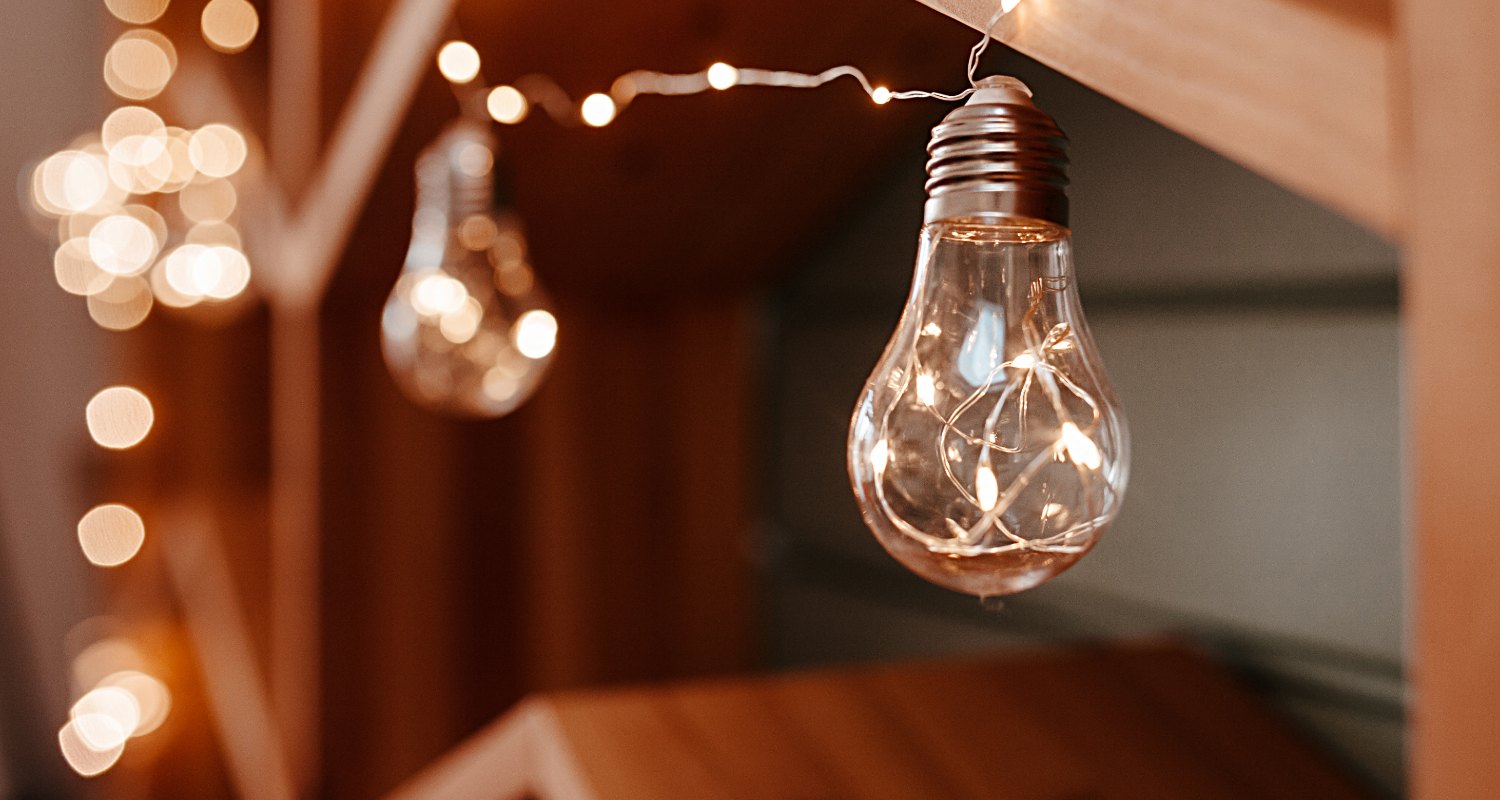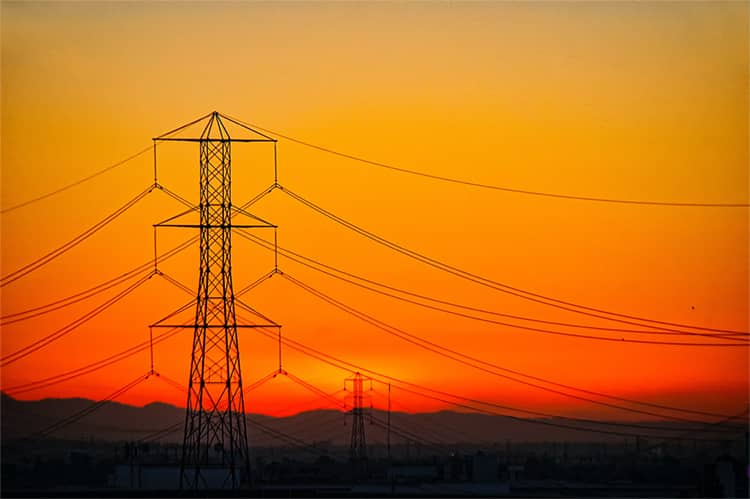Electrical substation
Electrical substation
It's where electricity is created to be enjoyed at home.

All about power generation
Where does the energy we consume in our homes come from?
Reading time: 7 min
Why is generating electricity so important today?
Power generation comprises all existing processes for transforming energy of any type (chemical, kinetic, mechanical, etc.) into electricity.
The combination of different factors, such as a growing global population and digitalization, have forced industrial activity and power demand to boom in order to continue to meet society's needs. In that way, one of the challenges we face in the energy industry is efficiently guaranteeing the production and supply of sustainable and environmentally-friendly electricity to citizens.
Let's begin with the fact that many resources on our planet are limited, so the various types of renewable energy (solar, wind, hydropower etc.) are increasingly more important.
The energy transition is the primary tool that companies, governments, and citizens possess for producing, distributing, and consuming energy, while reducing greenhouse gas (GHG) emissions. We're progressing toward a decarbonized economy in which energy efficiency and renewable energy play a fundamental role in slowing climate change.
How is electricity generated and distributed?
Have you ever wondered how power arrives to your home? Electricity passes through various points starting from where it is generated all the way until you press the light switch.
The process of electricity generation:
1. Obtaining energy from various primary sources
Electricity is a secondary energy source, therefore it must be produced from a primary source of energy, that is, from naturally-present resources.
There are two ways of obtaining electricity:
2. Transforming energy into electricity
Once the energy is obtained, it is converted into electricity and transmitted from an electrical plant to an electrical substation.
Electrical substations are fundamental for preparing electricity and guaranteeing proper voltage. The largest are located in the outskirts of cities, whereas much smaller ones can be located inside a building.
3. Distributing electricity
The distributor is in charge of sending electricity from the substation to homes.
The various distributors have set up the proper infrastructure to transport and distribute energy, and are tasked with maintaining it in good conditions. They're also responsible for electricity meters, and therefore, also for sending meter readings to the retailer. Consumers cannot choose their distributor; it's assigned based on location, but they may choose their retailer.
4. Selling electricity
The power retailer is the company with which the consumer contracts their electricity supply.
This company purchases energy from power generation companies and sells it to users, so that they may have electricity in their homes. It's also in charge of sending bills. Power can be sold and contracted in two ways:
Repsol's sustainable energy for your home
Main types of power generation today
Have you every wondered how electricity is generated? Depending on nature's capacity for generating each resource, energy sources can be classified as either renewable or non-renewable.

Renewable power generation
Renewable energy sources are those that are obtained from natural sources, such as the sun, heat from the Earth, or the force of wind and water. Their main characteristic is that they are inexhaustible and don't produce greenhouse gas emissions.

Non-renewable power generation
Non-renewable energy sources are those that are obtained from fossil fuels, such as coal, natural gas, petroleum, and nuclear energy. Until a few years ago, their use was very commonplace because they allowed us to meet market demands, since they are easy to extract and their production and transportation process is very efficient. However, they are limited resources.
What types of renewable power generation are there?
Choose your renewable farm
Now with Repsol, you can choose to have the energy in your home come from 100% renewable energy
Other ways of generating power
There are other ways to generate power although they're not as conventional. These are some examples:
Piezoelectricity
Piezoelectricity is a technology under development that can generate electricity from footsteps and strikes.
Osmosis
Osmosis makes it possible to generate electricity using water, salt, and a semipermeable memebrane.
Chemical reactions
Electrochemistry describes how electricity is generated by chemical reactions.
Power flower pots
A very innovative method for producing electricity at home that relies on using the electrons generated during the photosynthesis of plants.
Electrical substation
It's where electricity is created to be enjoyed at home.

All about electricity
Discover the different types, benefits, and applications.